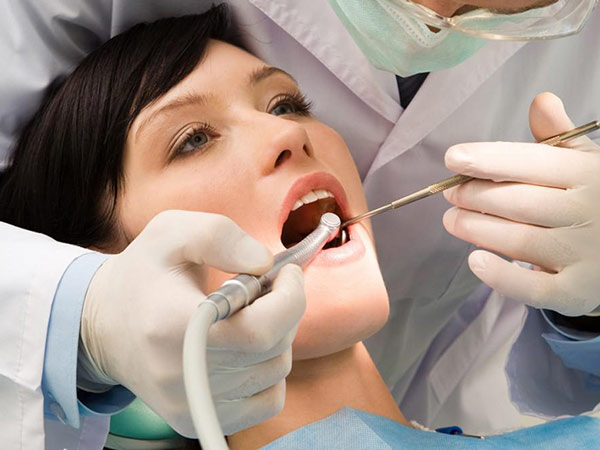
What is Gum Surgery?
Gingival surgery, also called gum surgery, is often a crucial procedure that treats gum disease; however, it also is a procedure that improves the appearance of the mouth around the teeth and therefore the smile. Gingival surgery may be an elective procedure for appearance, but if you have gum disease it may be a necessity. During gum surgery, tissue that is deemed discolored, extra or unsymmetrical is removed, shifted and/or gum tissue may be grafted to the gum defect. Also, the gum line can be altered using special instruments. Stitches may be necessary to close incisions.
When do I need a Gum Surgery?
One example is a failed root canal procedure. A requirement in such a circumstance may be an apicoectomy, which a type of gingival surgery performed to remove the apex (or root tip) and a filling procedure which seals the root from further infection. Your teeth are held firmly in place by very strong roots that have grown from the jawbone. The end of each root is referred to as the apex. The apex is where blood vessels and nerves enter the tooth. Root canal treatment cleans the canal and removes infected/inflamed tissue in the root. Tooth roots are extremely complex and there are sometimes tiny branches that cannot be cleaned and/or sealed during a traditional root canal. Unfortunately, this means that infection/inflammation sometimes perseveres after root canal treatment. If left untreated, infected roots (in addition to causing much pain) can infect and damage other area in the mouth as the infection spreads to damage other teeth as well as cause jawbone regression.
How long is recovery time after Gum Surgery?
Gum grafts are a procedure that will allow you to go home the same day. Most of the time you will be given a sedative for the procedure. It is in your best interest to have someone drive you home the day of surgery. Your dentist will give you instructions to follow regarding the healing process. You will receive instructions on what to eat, medications to take, and any other questions you have. Do NOT floss or brush the gum line until the area has completely healed. If you do you will compromise the surgery and it can lead to bleeding as well as complications. Your dentist may provide you with a special mouthwash to rinse your mouth to remove excess plaque while your gums heal. If you do not receive a mouthwash you can rinse your mouth with a solution of salt and water.

